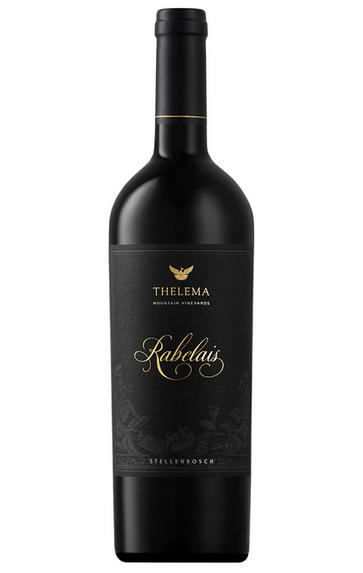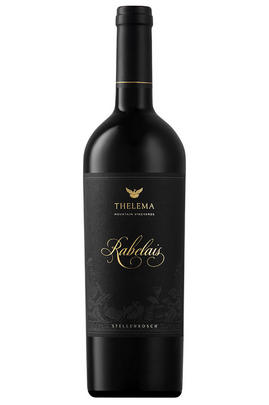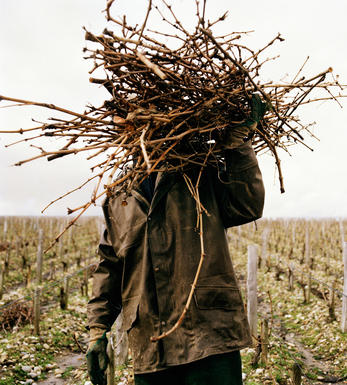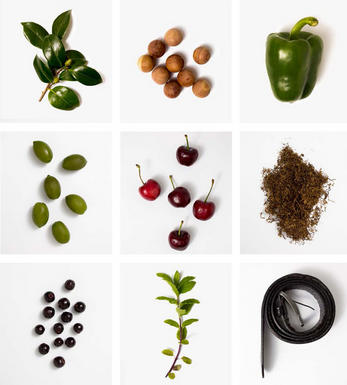
2019 Thelema Mountain Vineyards, Rabelais, Cabernet Sauvignon, Stellenbosch, South Africa

Critics reviews
The 2019 Rabelais, a blend of 90% Cabernet Sauvignon and 10% Petit Verdot, has an intense nose of blackberry, cracked black pepper and clove, touches of Padrón pepper developing with aeration.
The palate is medium-bodied with crisp tannins. A strong soy note slightly dictates the finish; espresso notes linger on the aftertaste. Give this another 12–18 months in bottle.
Drink 2022 - 2032
Neal Martin, Vinous.com (July 2021)
Starting with a classic nose of dark fruit and spicy aromas, the 2019 Cabernet Sauvignon opens to soft yet elegant oak tones with a kiss of smoky essence. Medium-bodied, the wine is balanced on the palate with a softly oaky essence before a bright beam of acid drives the mid-palate. The wine has a tight tannic finish that will benefit from being paired with food.
56,469 bottles were produced after the wine rested for a year and a half in French oak barrels, 45% first fill.
Drink 2023 - 2029
Anthony Mueller, Wine Advocate (July 2023)
About this WINE

Thelema Mountain Vineyards

Cabernet Sauvignon
The most famous red wine grape in the world and one of the most widely planted.
It is adaptable to a wide range of soils, although it performs particularly well on well-drained, low-fertile soils. It has small, dusty, black-blue berries with thick skins that produce deeply coloured, full-bodied wines with notable tannins. Its spiritual home is the Médoc and Graves regions of Bordeaux where it thrives on the well-drained gravel-rich soils producing tannic wines with piercing blackcurrant fruits that develop complex cedarwood and cigar box nuances when fully mature.
The grape is widely planted in California where Cabernet Sauvignon based wines are distinguished by their rich mixture of cassis, mint, eucalyptus and vanilla oak. It is planted across Australia and with particular success in Coonawarra where it is suited to the famed Terra Rossa soil. In Italy barrique aged Cabernet Sauvignon is a key component in Super Tuscans such as Tignanello and Sassicaia, either on its own or as part of a blend with Sangiovese.


Buying options
Add to wishlist
Description
Starting with a classic nose of dark fruit and spicy aromas, the 2019 Cabernet Sauvignon opens to soft yet elegant oak tones with a kiss of smoky essence. Medium-bodied, the wine is balanced on the palate with a softly oaky essence before a bright beam of acid drives the mid-palate. The wine has a tight tannic finish that will benefit from being paired with food.
56,469 bottles were produced after the wine rested for a year and a half in French oak barrels, 45% first fill.
Drink 2023 - 2029
Anthony Mueller, Wine Advocate (July 2023)
wine at a glance
Delivery and quality guarantee